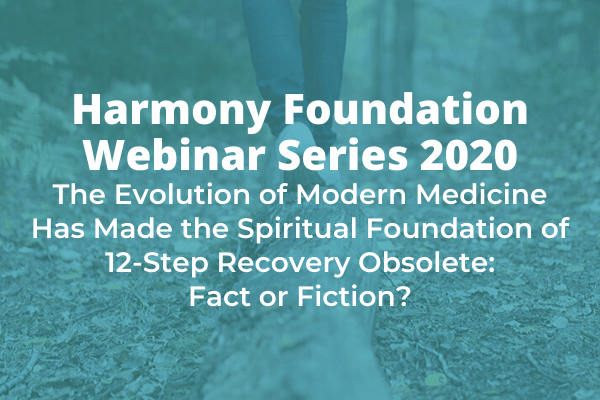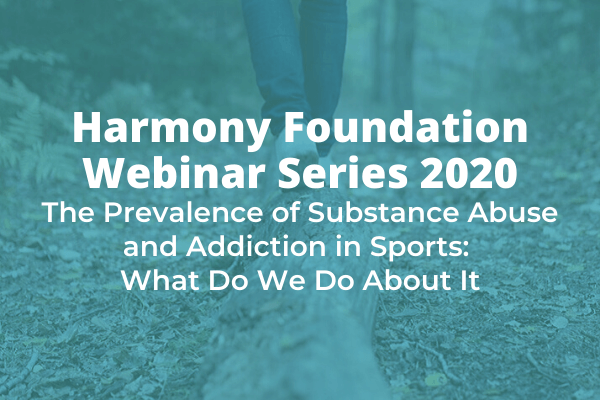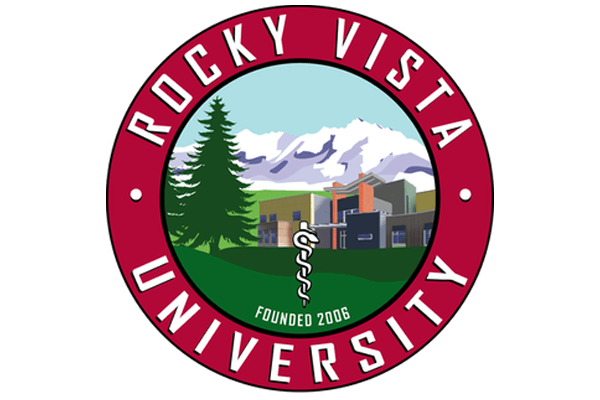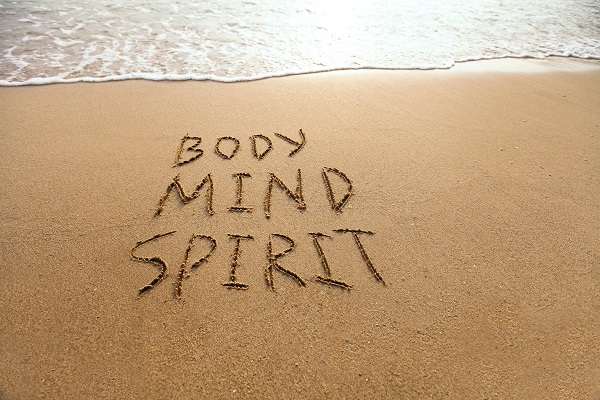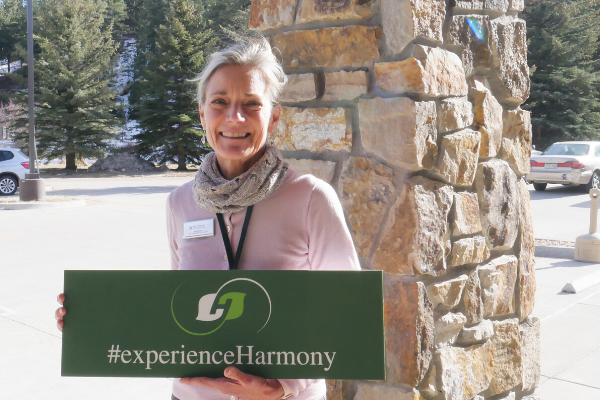By Michael Rass
Addiction cannot simply be reduced to substance use, chemically caused by drugs and alcohol in the human body. Addiction is a complex biopsychosocial and spiritual disorder with many interlocking conditions and mechanisms. Many addiction professionals view it as a disease of the mind, body, and spirit.
A Disease of the Body:
Most psychoactive substances are regarded as toxins by the human body and its defense system. A healthy liver will try to purge any amount of alcohol as soon as possible, for example. Different substances have different effects on the body. Alcohol destroys brain cells and depresses the central nervous system, while cocaine is a stimulant, raising blood pressure and heart rate. Both substances, like others, trigger the release of certain chemical messengers in the brain, known as neurotransmitters. The main ones are dopamine, which elicits pleasure, norepinephrine causing arousal and focus, and serotonin, which causes feelings of happiness, counteracting negative emotions.
The repeated, artificially elevated release of these neurotransmitters will eventually cause changes in the brain of the addicted individual, providing the increasingly rigid neurological structure for the psychological aspects of addiction. In addition to slowly changing the mind of the addicted person, substances like alcohol, crystal meth, cocaine, and others will have a pathological impact on the physical body, damaging major organs, the cardiovascular system, the skin, and teeth as well as causing dangerous infections, malnutrition, and chronic pain conditions. Most people suffering from a severe substance use disorder (SUD) have been neglecting their physical fitness for a long time, having completely given up on anything resembling a healthy lifestyle.
A Disease of the Mind:
For psychiatrists, addiction is primarily a disease of the mind. The current edition of the Diagnostic and Statistical Manual of Mental Disorders (DSM-5)—the diagnostic manual widely used by psychiatrists in the United States—states that “all drugs that are taken in excess have in common direct activation of the brain reward system, which is involved in the reinforcement of behaviors and the production of memories.” These psychoactive substances “produce such an intense activation of the reward system that normal activities may be neglected.”
Eventually, this “intense activation” may trap the user in an addiction cycle of craving, using, and withdrawal, leading to renewed craving. In the psychiatric jargon of the DSM-5, “the essential feature of a substance use disorder is a cluster of cognitive, behavioral, and physiological symptoms indicating that the individual continues using the substance despite significant substance-related problems.” In other words, compulsive substance use, despite negative consequences. The user is now caught in a cycle of drug or alcohol use that requires ever-increasing amounts of the substance just to feel “normal.”
The question is, how did the addicted person get there? Why the “intense activation” in the first place? And then again and again? This is where other mental health issues typically play a crucial role. Most addiction professionals now believe that substance abuse is not simply caused by irresponsible pleasure-seeking but should, in most cases, been seen as an attempt to self-medicate serious mental health conditions like posttraumatic stress disorder, major depression, or anxiety. And those are often connected to highly traumatic life events the individual is unable to handle in a healthy way. The “intense activation” is supposed to numb intense emotional pain.
Due to the phenomenon of tolerance this numbing can only be maintained with ever-higher doses of drugs and alcohol while the brain tries to counteract the unnatural surges of neurotransmitters in an effort to rebalance its hormonal setting. At the same time, more and more toxins will do more and more damage to the well-being of the user. Meanwhile, the continual degradation of the physical body causes more stress and emotional pain, providing further motivation to continue with substance misuse. Body and mind are caught in a deadly down spiral: the addicted mind will make the body sicker, and the degraded body will exacerbate the cravings driving the addiction.
A Disease of the Spirit:
For many addiction professionals, addiction goes beyond this body-mind interaction, though. They also view it as a disease of the spirit. In his influential study, Canadian physician Gabor Maté compared addiction to the “realm of hungry ghosts,” one of six types of rebirth in Asian mythology. It is said to be the abode of restless spirits suffering from insatiable cravings and unhealthy attachments, condemned to inhabit dismal places.
At the heart of the addiction problem is a deeper malaise: the disconnection from the Higher Power—whatever that might be, a missing sense of purpose, a failure at authentic self-actualization, the highest level in Maslow’s pyramid of human needs.
This ethereal aspect of the disease is often a hard sell in an increasingly agnostic society. It doesn’t easily correspond to medical and scientific concepts and spirituality can mean very different things to different people. Whatever it is, Americans are increasingly identifying with it. “About a quarter of US adults (27 percent) now say they think of themselves as spiritual but not religious, up 8 percentage points in five years,” according to a Pew Research Center survey conducted in 2017.
Many of them see spirituality as a personal search for the meaning of life, for connection with the entire universe—with a Power greater than ourselves. They do not necessarily seek a religious practice defined by mandatory observances, rules, and prohibitions. Instead, they want to connect with a Higher Power rooted in love and compassion—a Power that gives human beings perspective, meaning, and a life of purpose.
It is a perspective of the utmost importance to people in recovery. Many succumbed to a life of despair because they lacked a spiritual outlook. Sadly, our current culture seems to promote mostly vanity, instant gratification, zoning-out, and craving for material distractions, all things that are dangerous for a person in recovery. Addiction is a demon trying to disconnect us from our spirituality, the Higher Power, and our fellow human beings. To recover fully from addiction we must strengthen the body, heal the mind, and reconnect to our spirituality. This takes time and effort. A lot of time and effort. That is why recovery is a life-long pursuit.


